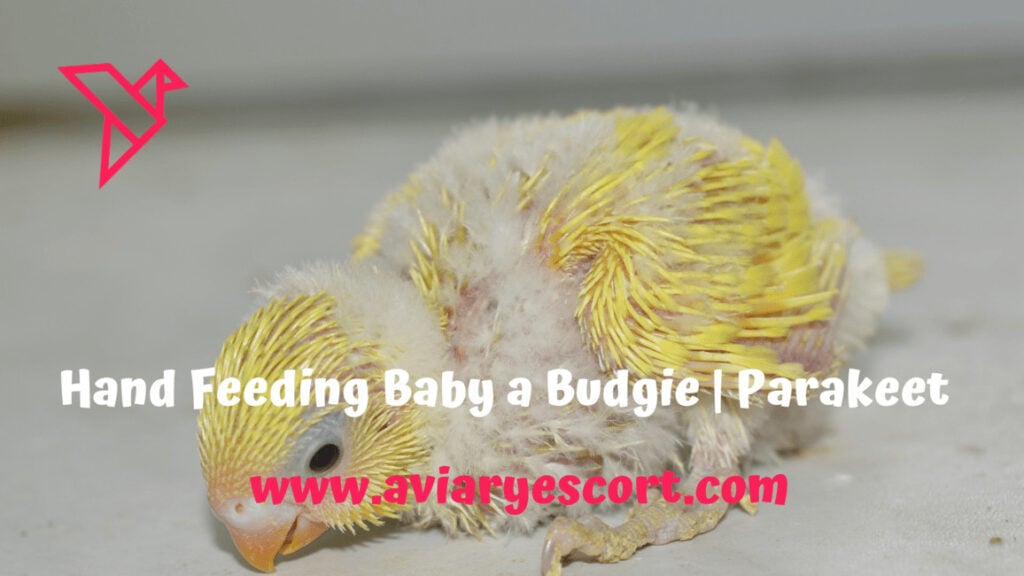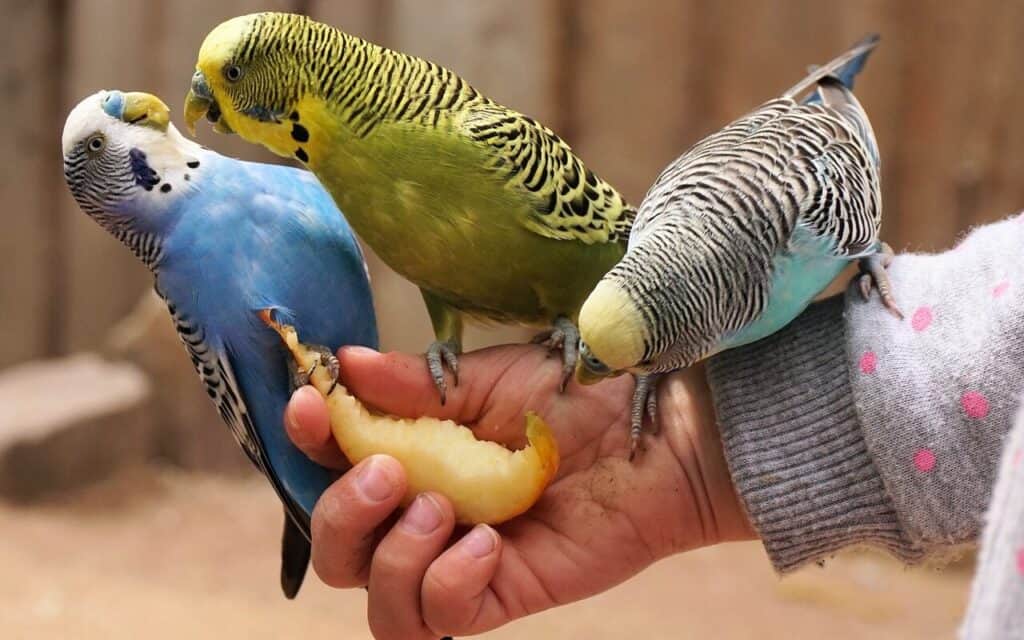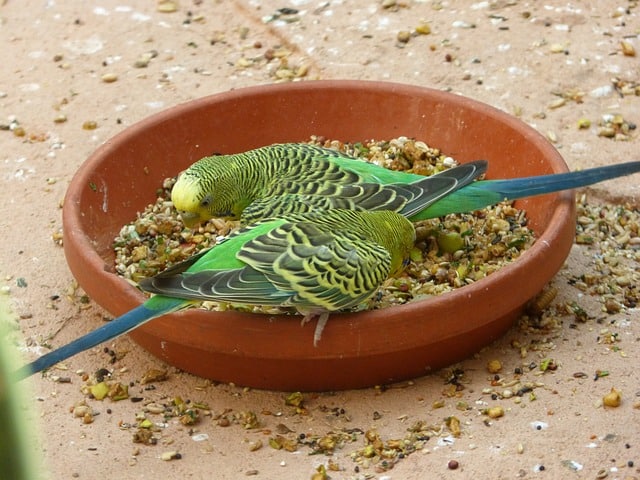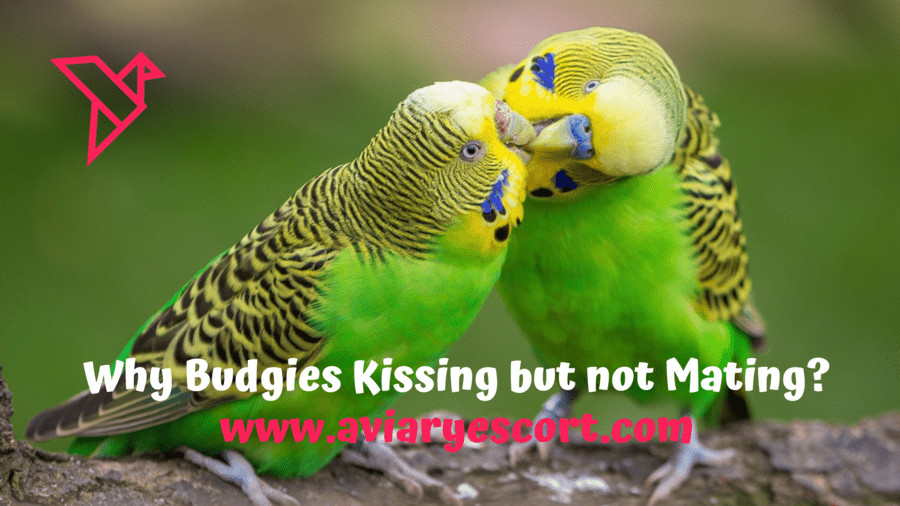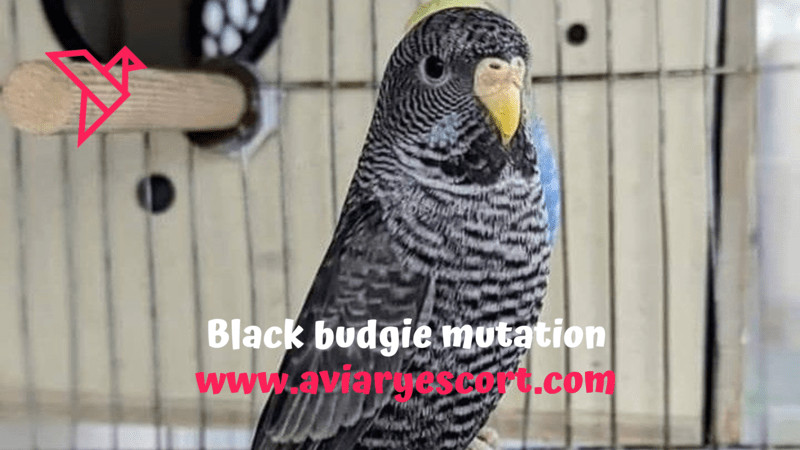Welcome to our comprehensive guide on hand feeding a baby budgie or parakeet. Taking care of a young budgie can be a rewarding and fulfilling experience, but it requires proper knowledge and techniques to ensure the bird’s health and well-being. In this article, we will walk you through the process of hand feeding a baby budgie, providing valuable tips, step-by-step instructions, and insights into this delicate task.
Understanding the Importance of Hand Feeding
Hand feeding is crucial for baby budgies as it simulates the feeding behavior of their parents. In the wild, budgie parents regurgitate food to feed their offspring. By hand feeding, we mimic this natural process and provide the necessary nutrients for their growth and development. It also helps to establish trust and bond between the bird and the caregiver.
Preparing for Hand Feeding
Before starting the hand-feeding process, gather all the necessary supplies:
- High-quality hand-feeding formula
- Syringe or spoon designed for feeding birds
- Warm water for formula preparation
- Towels or soft cloth for cleaning
- Heating pad or lamp for maintaining warmth
- Small feeding dishes
- Weighing scale
Creating a Nurturing Environment
- Find a quiet and warm area where you can comfortably feed the baby budgie without distractions. Temperature below 10°C is too cold for budgie’s chick.
- Ensure the room temperature is around 85-90°F (29-32°C) to provide a suitable environment for the bird.
- Place a heating pad or lamp at a safe distance to maintain the desired temperature.
The Hand-Feeding Process
- Prepare the hand-feeding formula according to the manufacturer’s instructions.
- Warm the formula to approximately 105-110°F (40-43°C) and check the temperature using a thermometer.
- Hold the baby budgie gently, ensuring a secure grip to prevent any accidents.
- Position the syringe or spoon near the bird’s beak, allowing it to latch onto the feeding utensil.
- Administer small amounts of formula slowly into the bird’s mouth, allowing it to swallow between each feeding.
- Be patient and observe the bird’s response to ensure it is comfortable and swallowing properly.
- Feed the baby budgie every 2-3 hours during the day, adjusting the frequency as it grows older.
- After each feeding, clean the bird’s beak and surrounding area with a damp cloth.

Monitoring the Bird’s Progress
- Weigh the baby budgie regularly to track its growth. A healthy weight gain is a positive sign.
- Monitor the bird’s droppings for consistency, color, and frequency as it indicates its digestive health.
- Observe its behavior, such as chirping, playing, and preening, as signs of a happy and healthy budgie.
- If you notice any abnormalities or concerns, consult an avian veterinarian promptly.
Introducing Solid Foods
As the baby budgie grows, gradually introduce solid foods alongside hand feeding. Offer small pieces of fresh fruits, vegetables, and high-quality bird pellets. Allow the bird to explore different foods and develop its foraging skills. Make sure to provide a shallow dish of water for drinking.
Bonding with Your Baby Budgie
Building a strong bond with your baby budgie is essential for its well-being and socialization. Spend quality time with the bird, talk softly, and offer gentle strokes to promote trust and familiarity. Provide a stimulating environment with toys, perches, and interactive activities to keep the budgie engaged.
Common Challenges and Troubleshooting
Taking care of a baby budgie requires attentiveness and knowledge of potential challenges that may arise during the hand-feeding process. Here, we discuss common challenges and provide troubleshooting tips to help you navigate these situations effectively.
1. Refusal to Eat
Sometimes, a baby budgie may refuse to eat, which can be concerning for caregivers. If this happens, there are a few steps you can take:
a. Check Formula Temperature and Consistency
Ensure that the formula you are using is at the appropriate temperature. Some budgies prefer warmer or cooler formula, so experiment with different temperatures within the safe range. Additionally, adjust the formula’s consistency, as some birds may prefer it thicker or thinner.
b. Offer Variety
Try introducing different flavors of the hand-feeding formula to entice the budgie. You can also experiment with adding a small amount of fruit puree or vegetable baby food to the formula to make it more appealing.
c. Create a Calm Environment
Ensure that you are feeding the budgie in a quiet and comfortable space, away from distractions. Limit noise and sudden movements that may startle the bird. This calm environment can encourage the budgie to eat.
d. Consult an Avian Veterinarian
If the budgie continues to refuse food or shows signs of distress, it is crucial to seek professional help. An avian veterinarian can examine the bird and provide further guidance on encouraging it to eat.
2. Choking Hazard
When hand feeding a baby budgie, it is important to consider the size of the feeding utensil to prevent choking accidents. Follow these tips to minimize the risk:
a. Use the Right Size
Ensure that the syringe or spoon you use for feeding is appropriate for the bird’s beak size. The utensil should allow the budgie to latch onto it comfortably without straining or struggling.
b. Monitor Feeding Technique
While feeding, be mindful of the amount and speed at which you administer the formula. Avoid force-feeding and allow the bird to regulate its intake. Slowly and gently provide small amounts at a time, allowing the budgie to swallow between feedings.
c. Be Alert and Observant
Watch for any signs of choking or distress during feeding. If the budgie shows difficulty breathing, abnormal sounds, or discomfort, stop feeding immediately and seek professional help.
3. Overfeeding
Overfeeding can have detrimental effects on a baby budgie’s health, leading to crop impaction and other issues. To avoid overfeeding, follow these guidelines:
a. Follow Recommended Feeding Schedule
Consult with an avian veterinarian or reputable resources to determine the appropriate feeding frequency and amount based on the bird’s age and weight. Stick to this schedule to ensure you are providing enough nutrition without overloading the crop.
b. Observe the Crop
After each feeding, gently palpate the bird’s crop (a pouch-like structure near the base of its neck) to check for fullness. The crop should feel firm but not overly distended. If it feels overly swollen or impacted, consult a veterinarian for guidance.
c. Monitor Weight Gain
Weigh the baby budgie regularly to track its weight gain. Sudden or excessive weight gain may indicate overfeeding. Maintain a healthy weight progression based on the budgie’s age and species.
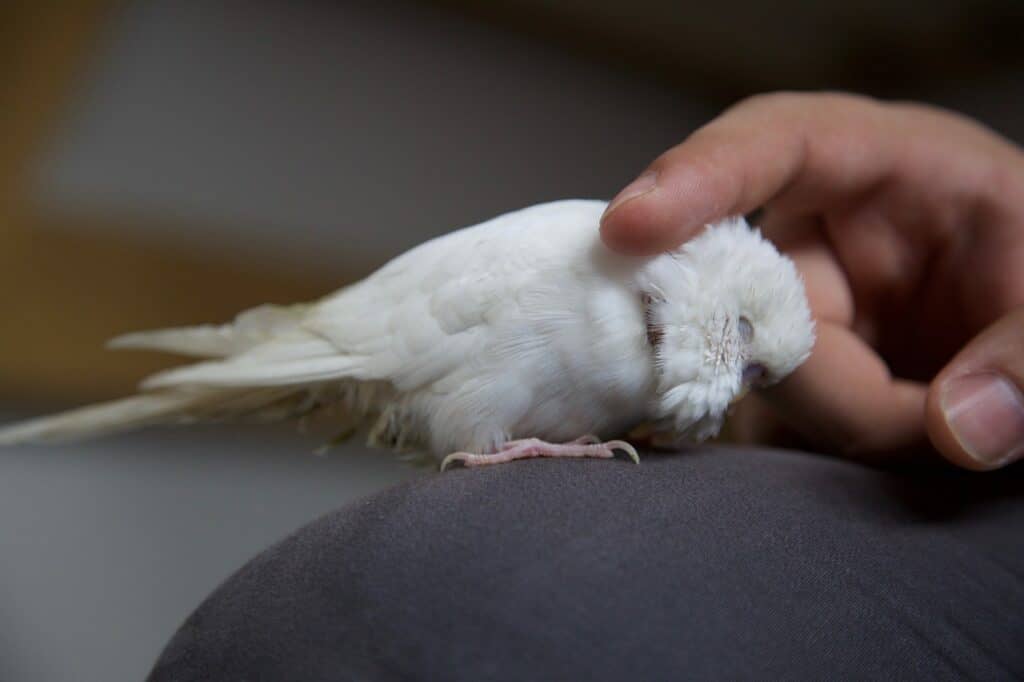
4. Crop Issues
The crop is a vital part of a budgie’s digestive system, and crop-related problems can occur. Here’s what you need to know:
a. Infection
Monitor the bird’s crop for signs of infection, such as redness, swelling, discharge, or a foul odor. If you suspect an infection, consult an avian veterinarian promptly. Antibiotics or other treatments may be necessary.
b. Sour Crop
Sour crop, a yeast or bacterial infection in the crop, can cause discomfort and impact the bird’s feeding. Symptoms may include regurgitation, bad breath, or a distended and squishy crop. Professional diagnosis and treatment are essential in managing sour crop.
c. Crop Stasis
Crop stasis occurs when the crop fails to empty properly, leading to a backlog of food. Signs of crop stasis include a slow or absent crop emptying, regurgitation, weight loss, or a pungent smell. Seek veterinary assistance immediately if you suspect crop stasis.
Remember, if you encounter any challenges or observe concerning symptoms during the hand-feeding process, it is best to consult an avian veterinarian for appropriate guidance and treatment.
Safety Precautions
- Wash your hands thoroughly before and after each feeding to prevent the spread of bacteria or diseases.
- Keep the feeding area clean and sanitized to maintain proper hygiene.
- Avoid sudden movements or loud noises that can startle the baby budgie during feeding.
Conclusion
Hand feeding a baby budgie requires patience, care, and proper technique. By following the guidelines outlined in this comprehensive guide, you can ensure the healthy development of your young budgie while establishing a strong bond. Remember to monitor their progress, introduce solid foods gradually, and seek professional help if needed. Enjoy the journey of nurturing and bonding with your baby budgie!
FAQs
Q#1 At what age can I start hand feeding a baby budgie?
A: Hand feeding can typically begin when the bird is around 2 to 3 weeks old.
Q#2 Can I use a regular syringe for hand feeding?
A: It is recommended to use a syringe specifically designed for feeding birds to ensure their safety.
Q#3 How long does the hand feeding process last?
A: The hand feeding process usually continues until the baby budgie is fully weaned, which can take around 6 to 8 weeks.
Q#4 What if the baby budgie refuses to eat from the syringe or spoon?
A: Try different temperatures or consistencies of the formula, or consult an avian veterinarian for guidance.
Q#5 When can I introduce solid foods to the baby budgie?
A: Solid foods can be gradually introduced when the bird is around 4 to 5 weeks old, alongside hand feeding.
Related post 11 Reasons Why Budgies Break And Throw Their Eggs
